Home>Interior Design>Queen Of Headboards Kit Kemp Shares Her 8 Design Secrets
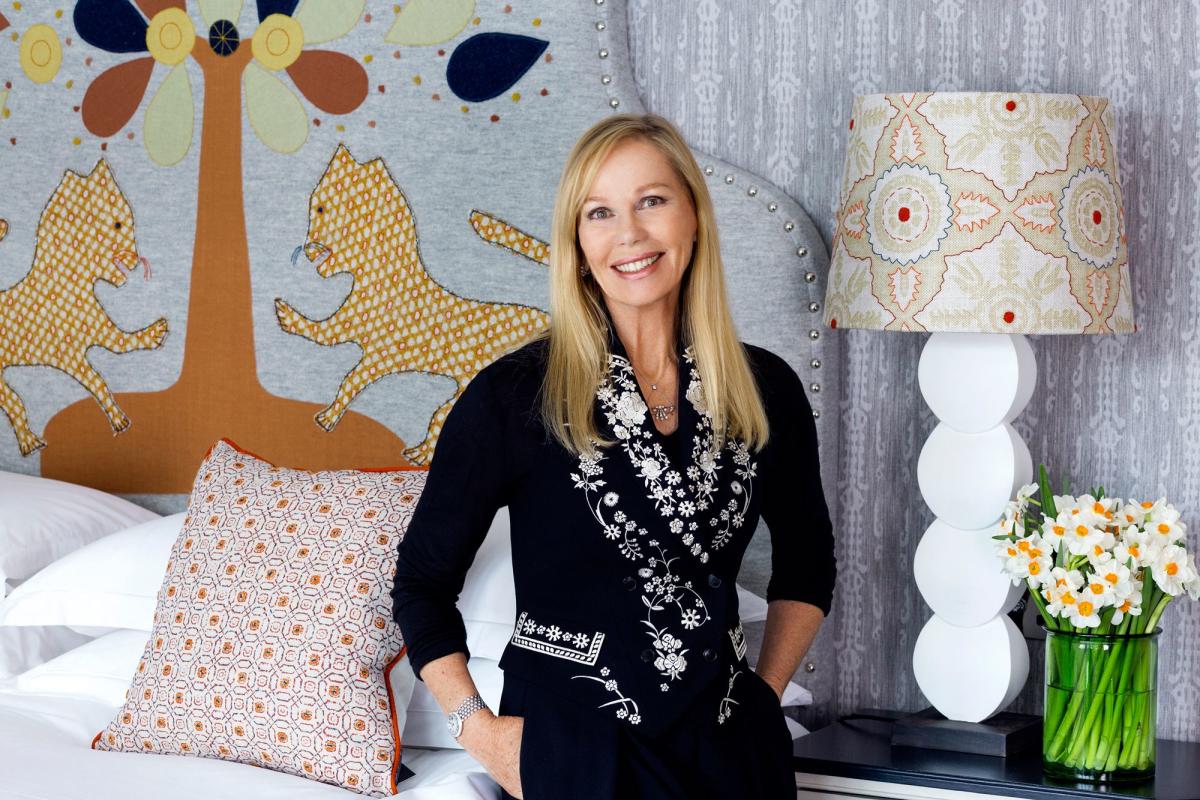

Interior Design
Queen Of Headboards Kit Kemp Shares Her 8 Design Secrets
Modified: January 19, 2024
Discover the expert interior design tips from Kit Kemp, the acclaimed Queen of headboards. Dive into her 8 design secrets that will transform your space.
(Many of the links in this article redirect to a specific reviewed product. Your purchase of these products through affiliate links helps to generate commission for Storables.com, at no extra cost. Learn more)
Introduction
Welcome to the world of interior design, where creativity and functionality meet to transform spaces into stunning and personalized environments. In this article, we will delve into the secrets of renowned interior designer Kit Kemp, often referred to as the “Queen of Headboards.” With her unique approach to design, Kemp has mastered the art of creating visually captivating and meticulously curated spaces.
Kit Kemp’s design philosophy revolves around the idea of creating a sense of individuality and storytelling within each room. With an eclectic mix of patterns, textures, colors, and personal touches, she skillfully brings together elements that are seemingly unrelated to create harmonious and visually stunning designs.
So, get ready to discover the eight design secrets of Kit Kemp, and learn how to infuse your own personality and style into your interior spaces.
Key Takeaways:
- Kit Kemp’s design secrets reveal the power of mixing patterns, layering textures, and embracing bold colors to create visually captivating and personalized spaces. Her eclectic style and emphasis on personal touches inspire unique and individualistic interior design expressions.
- By balancing functionality and style, Kit Kemp’s design secrets guide us to create spaces that are not only visually appealing but also highly practical. Her focus on creating focal points and playing with scale adds depth and intrigue to interior designs.
Secret 1: Mixing Patterns
One of Kit Kemp’s signature design techniques is the skillful use of mixing patterns. Gone are the days of matching everything perfectly; instead, Kemp encourages the bold combination of different patterns to create visual interest and depth.
When mixing patterns, it’s important to consider scale, color, and texture. Start by choosing a dominant pattern, such as a large floral or geometric print, as the anchor for the room. Then, select secondary patterns that complement the dominant pattern, but vary in scale and texture. This could include smaller geometric patterns, stripes, or even abstract motifs.
Don’t be afraid to experiment with contrasting patterns; the key is finding a common element or color that ties them together. For example, you could mix a bold floral print with a more subtle checkered pattern in coordinating colors to create a cohesive look. Remember, it’s all about balance and creating a visual harmony within the space.
If you’re new to mixing patterns, start with smaller-scale items like throw pillows, curtains, or rugs. As you gain confidence, you can gradually incorporate bolder patterns on larger pieces of furniture or wallpaper.
Remember, the goal is to create a visually stimulating and dynamic space, so don’t shy away from embracing pattern mixing in your interior design endeavors.
Secret 2: Layering Textures
Texture is a powerful tool in interior design, and Kit Kemp is a master of incorporating various textures to add depth and richness to a room. Layering textures not only creates visual interest but also adds a tactile element that enhances the overall sensory experience of a space.
When layering textures, consider a combination of rough and smooth, soft and hard, matte and shiny surfaces. Start with a foundational texture, such as a plush area rug or a cozy velvet sofa, and build upon it with different elements. For example, pair the softness of a velvet cushion with the roughness of a woven throw blanket. Mix in natural textures like wood, stone, or rattan to add an organic and earthy feel to the space.
Another way to incorporate texture is through the use of textiles. Experiment with different fabrics like linen, silk, fur, or even leather. Consider adding textured wallpaper or using textured paint techniques to create visual interest on the walls. Don’t forget about the power of accessories like woven baskets, ceramic vases, or metal sculptures to add dimension and texture to the room.
Remember, the key to successfully layering textures is to balance them throughout the space. Aim for a cohesive and harmonious mix, ensuring that each texture complements the others. By incorporating a variety of textures, you’ll create a visually captivating and inviting space that engages all the senses.
Secret 3: Playing with Scale
In the world of interior design, playing with scale can create a sense of drama, intrigue, and visual impact. Kit Kemp embraces this design secret by incorporating elements of varying sizes into her spaces, helping to create a dynamic and visually balanced composition.
When it comes to playing with scale, it’s important to consider the size and proportions of the room. One approach is to choose one or two statement pieces that are larger in scale to serve as focal points. This could be an oversized artwork, a large mirror, or a bold piece of furniture. These larger pieces will anchor the room and draw attention.
However, it’s also essential to contrast these statement pieces with smaller items to create a sense of balance. For example, pairing a large sectional sofa with smaller accent chairs and side tables can create visual interest and prevent a room from feeling overwhelming or top-heavy.
Another way to play with scale is through the use of patterns. Combining different scales of patterns on textiles, such as pillows, curtains, or upholstery, can create a layered and visually interesting look. Consider mixing larger and more intricate patterns with smaller, more subtle ones to create a harmonious balance.
Playing with scale is all about creating a visual rhythm within a space. It’s about experimenting and pushing boundaries to create a room that feels unique and captivating. By striking the right balance and juxtaposing elements of different sizes, you can transform any room into a visually engaging and harmonious environment.
Secret 4: Incorporating Bold Colors
In the realm of interior design, color is a powerful tool to transform a space and evoke specific moods and emotions. Kit Kemp is known for her fearless approach to incorporating bold colors into her designs, creating vibrant and visually captivating environments.
When it comes to incorporating bold colors, the key is to find the right balance. Select a color palette that resonates with you and reflects the atmosphere you want to create in your space. Bold colors like deep blues, vivid oranges, rich purples, or vibrant greens can add depth and personality to a room.
Start by selecting a main color, which will serve as the foundation of the design. This color can be applied to larger surfaces, such as walls or furniture upholstery. Then, layer in complementary or contrasting shades to create visual interest and depth. For example, if you have chosen a bold blue as your main color, consider incorporating accents in lighter shades of blue or contrasting colors like yellow or coral.
Don’t be afraid to mix and match patterns and textures with your bold color choices. Experiment with patterned wallpapers, textured fabrics, or bold artwork to enhance the impact of the colors in the space. Balance the intensity of the bold colors with neutral elements like white or beige to prevent the room from feeling overwhelming.
Incorporating bold colors into your design can be done in small doses or on a larger scale, depending on your comfort level. You can start with accessories like throw pillows, rugs, or artwork, and then gradually introduce bolder colors through larger furniture pieces or accent walls.
Remember, the goal is to create a space that reflects your personality and brings you joy. Whether you choose one bold color as a statement or a combination of vibrant hues, incorporating bold colors can infuse your interior design with energy, personality, and a true sense of individuality.
When designing a bedroom, consider using a mix of patterns and textures to create visual interest and depth in the space. This can be achieved through the use of different fabrics, wallpapers, and decorative elements.
Secret 5: Embracing Eclectic Style
Kit Kemp is renowned for her ability to effortlessly blend various design styles and aesthetics to create eclectic and visually captivating spaces. Embracing eclectic style allows for the freedom to mix and match different elements, creating a truly unique and personalized environment.
When it comes to embracing eclectic style, there are no hard and fast rules. It’s about finding a balance between different design elements and styles without creating chaos. Start by selecting a few key pieces that represent different design styles that you love and that speak to your personal taste.
For example, you could combine a sleek mid-century modern sofa with a vintage Moroccan rug and contemporary artwork. The key is to create a harmonious blend by finding common threads between the pieces. This could be through color, texture, or even a shared design element.
Another way to embrace eclectic style is through the mix of old and new. Incorporate antique or vintage pieces alongside modern furniture and accessories. This juxtaposition creates an interesting contrast and adds depth and character to a space.
Don’t be afraid to experiment and think outside the box when embracing eclectic style. Incorporate unexpected elements like bold patterns, unconventional materials, or unique statement pieces. The beauty of eclectic design is the freedom it provides to express your individuality and create a space that truly reflects your personality.
Remember, the key to successful eclectic design is to maintain a sense of cohesion and visual harmony. Pay attention to how different pieces interact with each other and create a balanced composition. By embracing eclectic style, you can create a space that is truly one-of-a-kind and reflects your own personal style and creativity.
Secret 6: Creating a Focal Point
In interior design, a focal point serves as the visual anchor of a room, drawing attention and creating a sense of balance and interest. Kit Kemp excels at creating compelling focal points that immediately captivate the eye and set the tone for the entire space.
When creating a focal point, consider the natural architecture of the room and its purpose. It could be a stunning fireplace, a large window with a breathtaking view, or an architectural feature like an exposed brick wall. Alternatively, you can create a focal point through the strategic placement of furniture or art.
The key to a successful focal point is to make it stand out and guide the eye towards it. This can be achieved through contrast, such as using a bold color against a neutral backdrop, or by introducing a large-scale piece of art or furniture that demands attention.
Lighting is also crucial in drawing attention to a focal point. Use accent lighting, such as wall sconces or track lights, to highlight the area and make it a focal point even in dimly lit spaces. Additionally, consider using decorative elements like mirrors or artwork placed strategically to reflect and enhance the focal point.
However, it’s essential to strike a balance and ensure that the focal point does not overpower the entire room. Create a sense of harmony by incorporating complementary elements that support and enhance the focal point, rather than detracting from it.
Remember, a well-designed focal point acts as the centerpiece of the room, capturing attention and creating a visually engaging space. By carefully curating and highlighting this focal point, you can transform any room into a captivating and inviting environment.
Secret 7: Adding Personal Touches
One of the most important aspects of interior design is infusing your personal touch and creating a space that reflects your unique personality and experiences. Kit Kemp understands the significance of incorporating personal touches, as they add warmth, character, and a sense of intimacy to a room.
When adding personal touches, the possibilities are endless. Start by showcasing objects that hold sentimental value, such as family heirlooms, travel souvenirs, or artwork created by loved ones. These items not only tell your story but also add an extra layer of meaning and authenticity to the space.
Consider displaying collections that you love, whether it’s vintage cameras, antique books, or pottery. These collections can be showcased on shelves, mantels, or even as a gallery wall, adding visual interest and personality to the room.
Don’t forget about incorporating elements that align with your hobbies and passions. If you love music, create a dedicated corner with your instruments or vinyl collection. If you’re a bookworm, design a cozy reading nook with a bookshelf and a comfortable armchair.
Furthermore, you can customize your space through the use of textiles, such as incorporating throw pillows or blankets made from fabrics that hold personal meaning, or by choosing curtains or upholstery in colors or patterns that resonate with you.
The beauty of adding personal touches is that they allow you to create a space that feels like home, a space that is an extension of yourself. It’s about surrounding yourself with objects and elements that bring you joy and evoke positive emotions.
Remember, the key is to strike a balance and avoid clutter. Choose a few meaningful items that truly speak to you and find creative ways to incorporate them into the room’s design. By adding personal touches, you can transform a generic space into a warm and inviting haven that truly feels like your own.
Secret 8: Balancing Functionality and Style
Creating a harmonious balance between functionality and style is essential in interior design, and Kit Kemp excels at seamlessly blending these two elements. With careful consideration, you can design a space that not only looks visually stunning but also meets your practical needs.
Start by identifying the primary function of the room and the activities that will take place within it. This could be a living room for entertaining guests, a home office for productivity, or a kitchen for cooking and dining. Once you have a clear understanding of the purpose, you can begin to plan the layout and select furniture and accessories that cater to those specific needs.
When it comes to balancing functionality and style, versatility is key. Choose furniture that serves multiple purposes, such as a coffee table with hidden storage, or a sofa that can be converted into a guest bed. Opt for pieces that are both aesthetically pleasing and practical.
Consider the flow of the space and ensure that it is conducive to the activities that will take place. Arrange furniture in a way that promotes easy movement and allows for comfortable interaction. Pay attention to the placement of lighting, ensuring that it is adequate for the tasks at hand.
Don’t sacrifice style for functionality or vice versa. Look for opportunities to incorporate design elements that serve a purpose. For example, instead of traditional plain bookshelves, opt for ones with unique shapes or patterns that double as decorative pieces. Incorporate stylish and efficient storage solutions to keep your space organized without sacrificing style.
Remember, functionality and style should work hand in hand. Strive for a seamless blend that allows you to enjoy a space that not only looks fabulous but also serves your practical needs. When you achieve this balance, you’ll have a truly well-designed space that is both visually appealing and highly functional.
Read more: Interior Designer Natalia Miyar Shares 3 Secrets To Creating Impact With Sculptural Lighting
Conclusion
Kit Kemp’s design secrets have showcased her prowess in the world of interior design. From mixing patterns and layering textures to playing with scale and incorporating bold colors, Kemp’s approach reflects her commitment to creating visually captivating and personalized spaces.
Embracing eclectic style and incorporating personal touches allow for a unique and individualistic expression of creativity. By creating focal points and balancing functionality with style, Kemp showcases her mastery in creating visually stunning yet highly functional spaces.
Kit Kemp’s design secrets serve as guiding principles for anyone looking to transform their home or working space. By following her techniques, you can infuse your personality, creativity, and individuality into your interior design.
Remember, interior design is not just about following trends or adhering to rules; it is about creating a space that reflects who you are and how you want to live. Whether you are mixing patterns, incorporating bold colors, or adding personal touches, the key is to create a space that resonates with you and brings you joy.
So, unleash your creativity, experiment with different elements, and let Kit Kemp’s design secrets inspire you to craft a space that is uniquely yours. With a combination of creativity, functionality, and personalization, your interior design journey is sure to be a rewarding and transformative experience.
Frequently Asked Questions about Queen Of Headboards Kit Kemp Shares Her 8 Design Secrets
Was this page helpful?
At Storables.com, we guarantee accurate and reliable information. Our content, validated by Expert Board Contributors, is crafted following stringent Editorial Policies. We're committed to providing you with well-researched, expert-backed insights for all your informational needs.
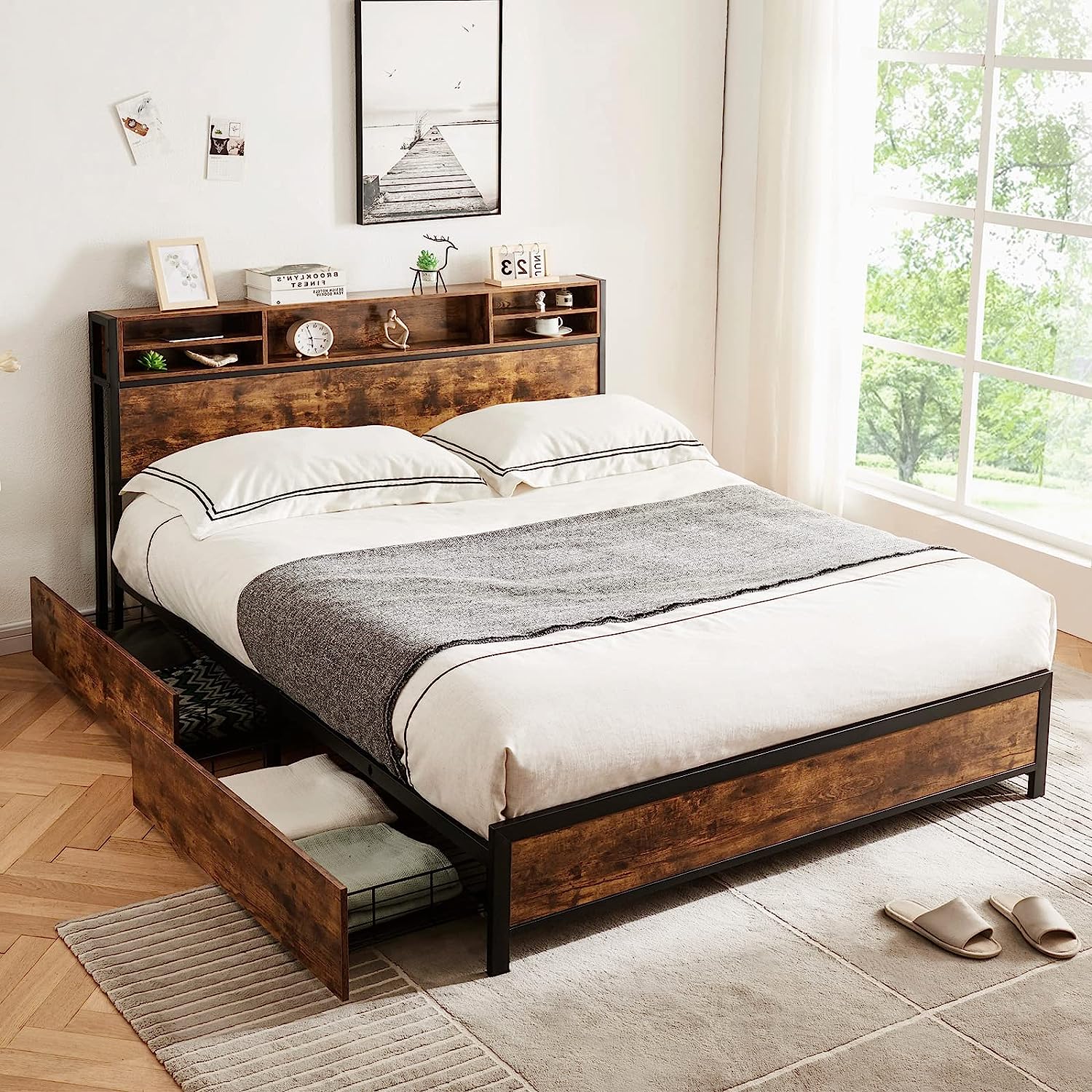
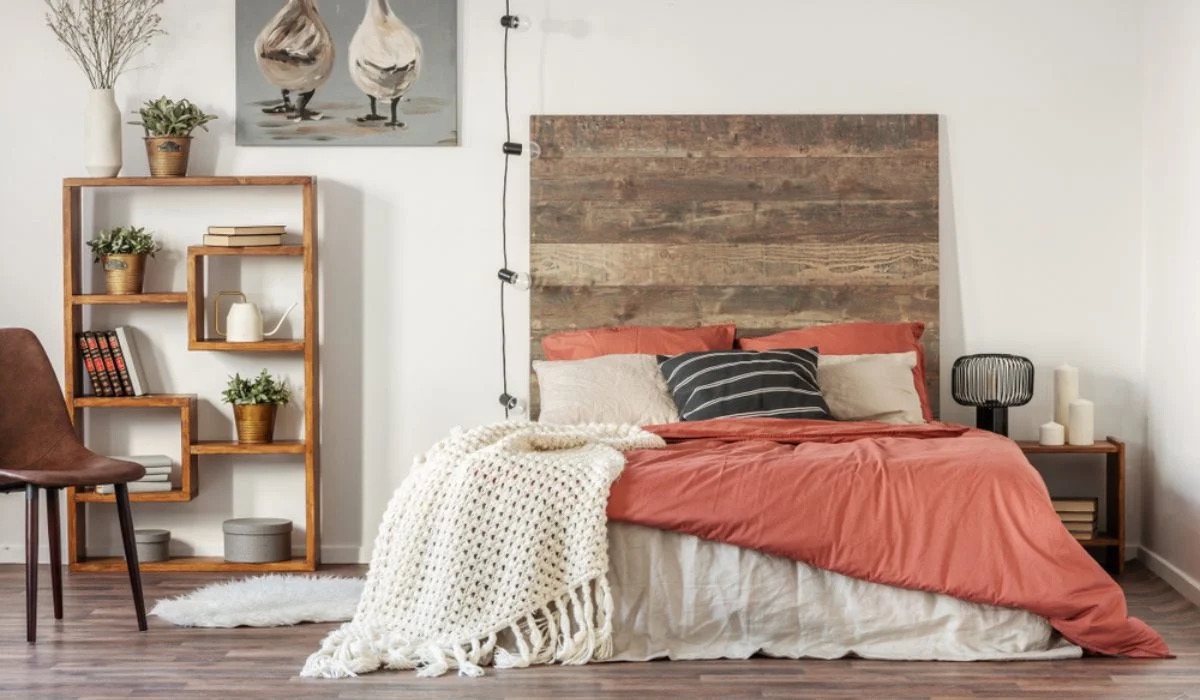
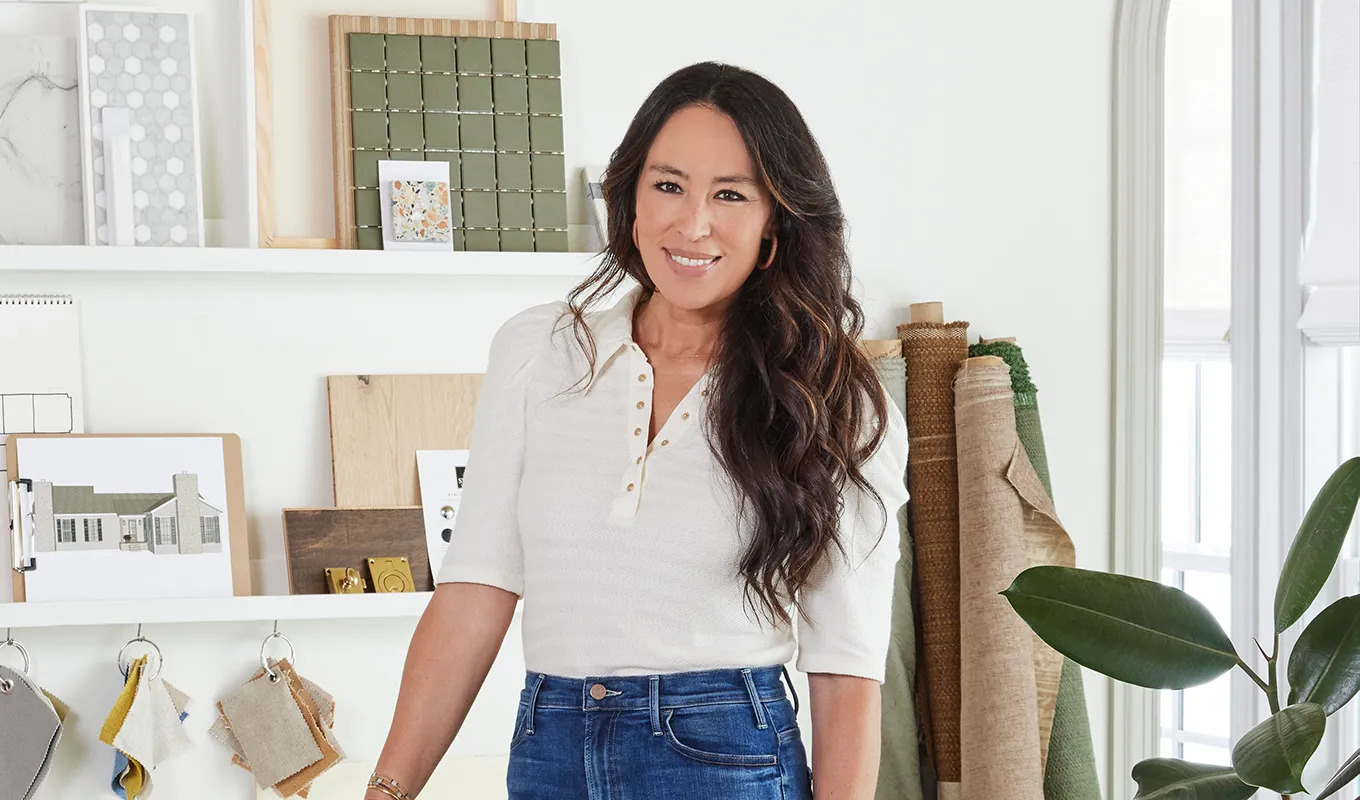
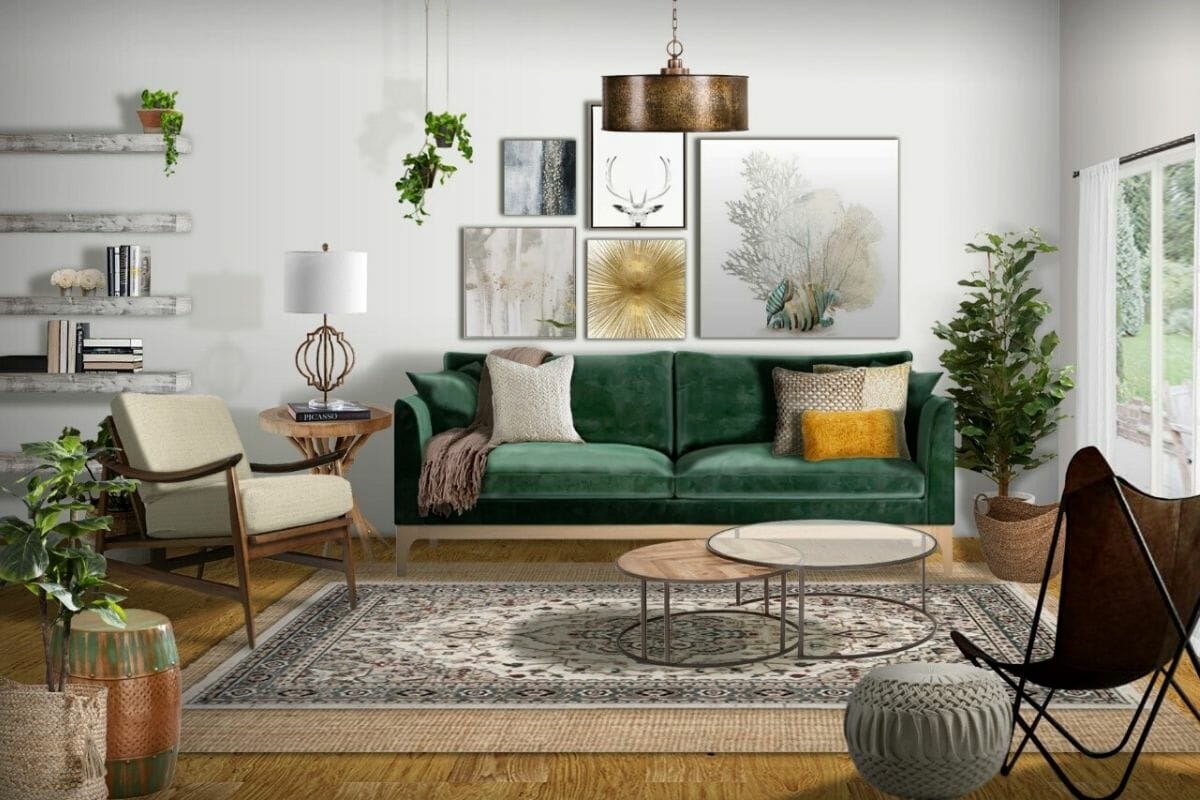
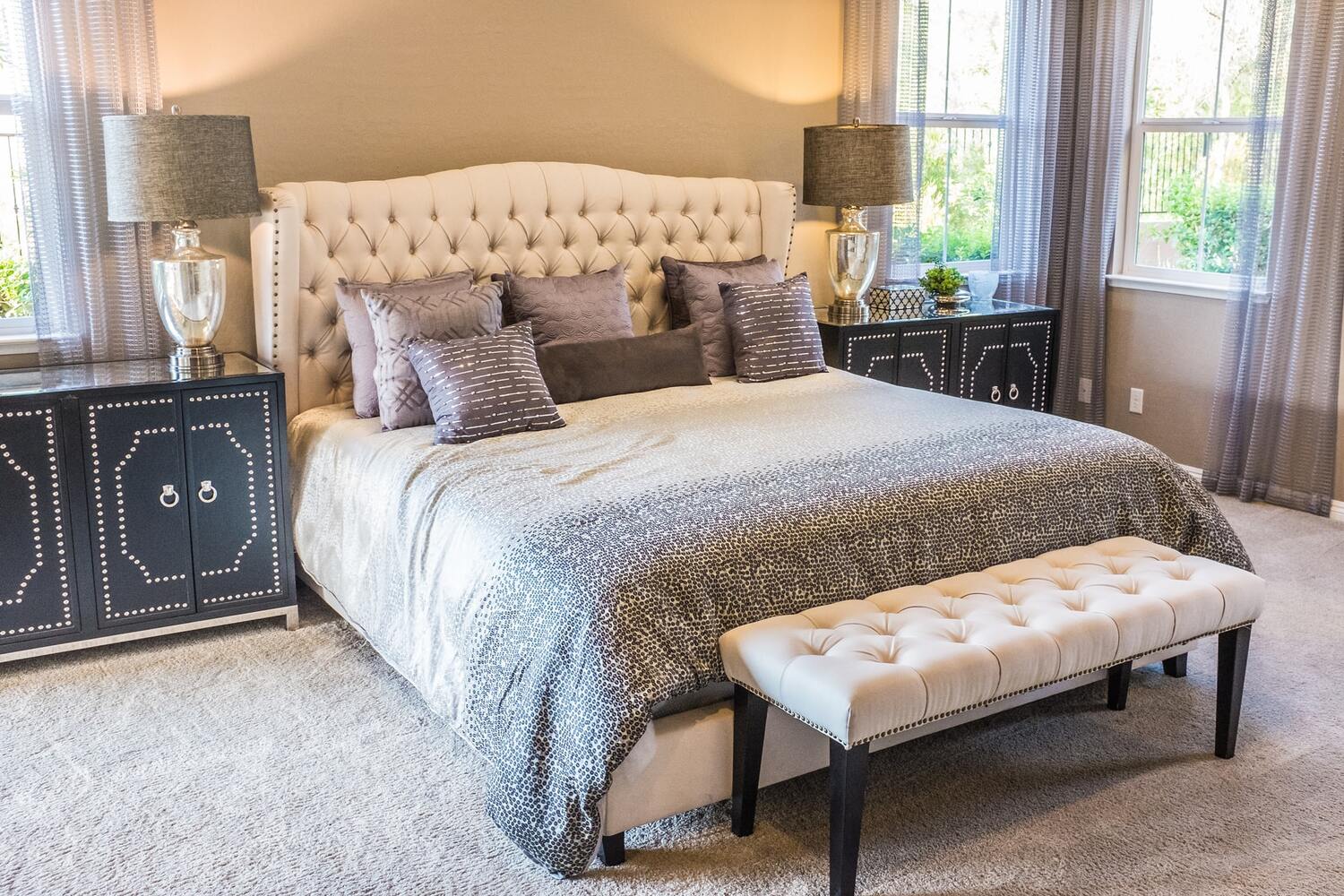
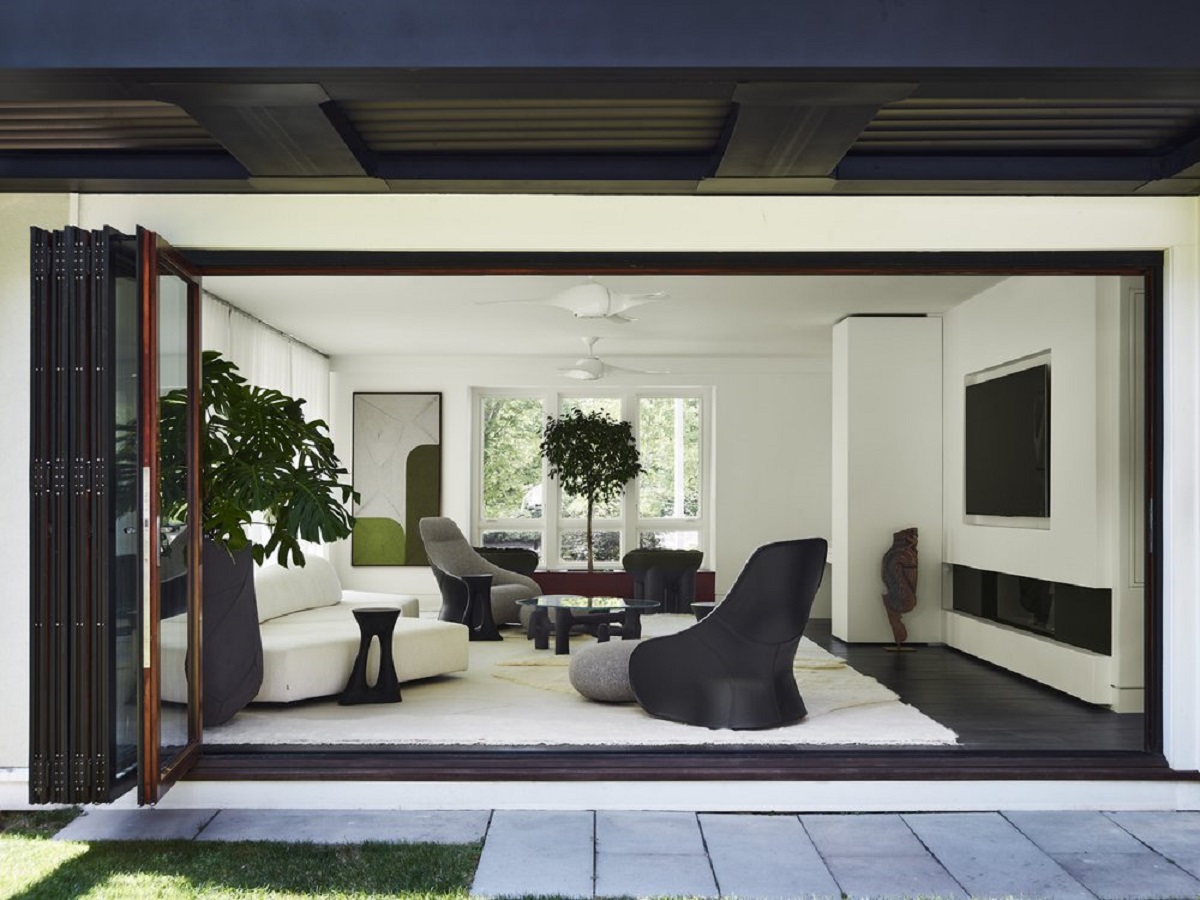
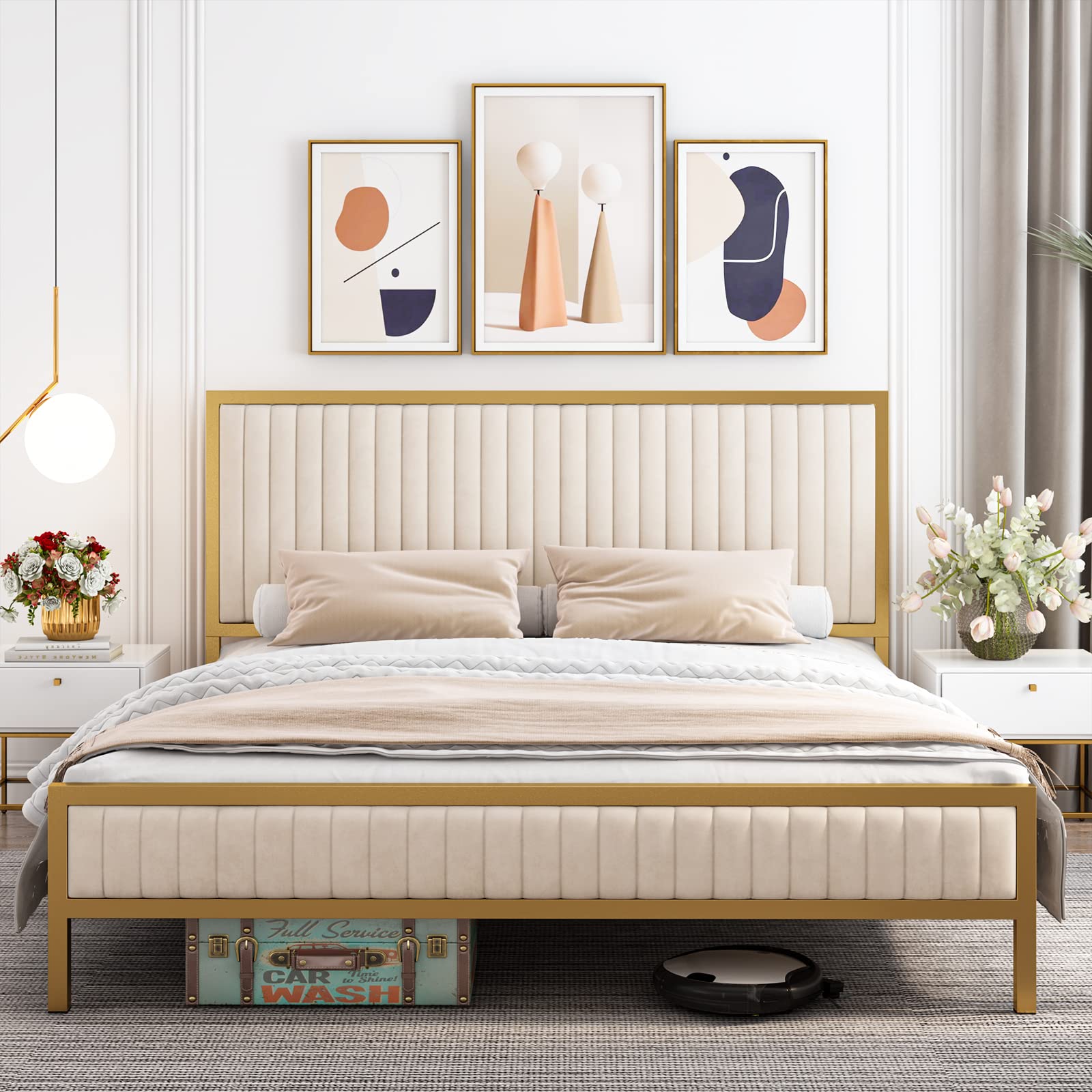

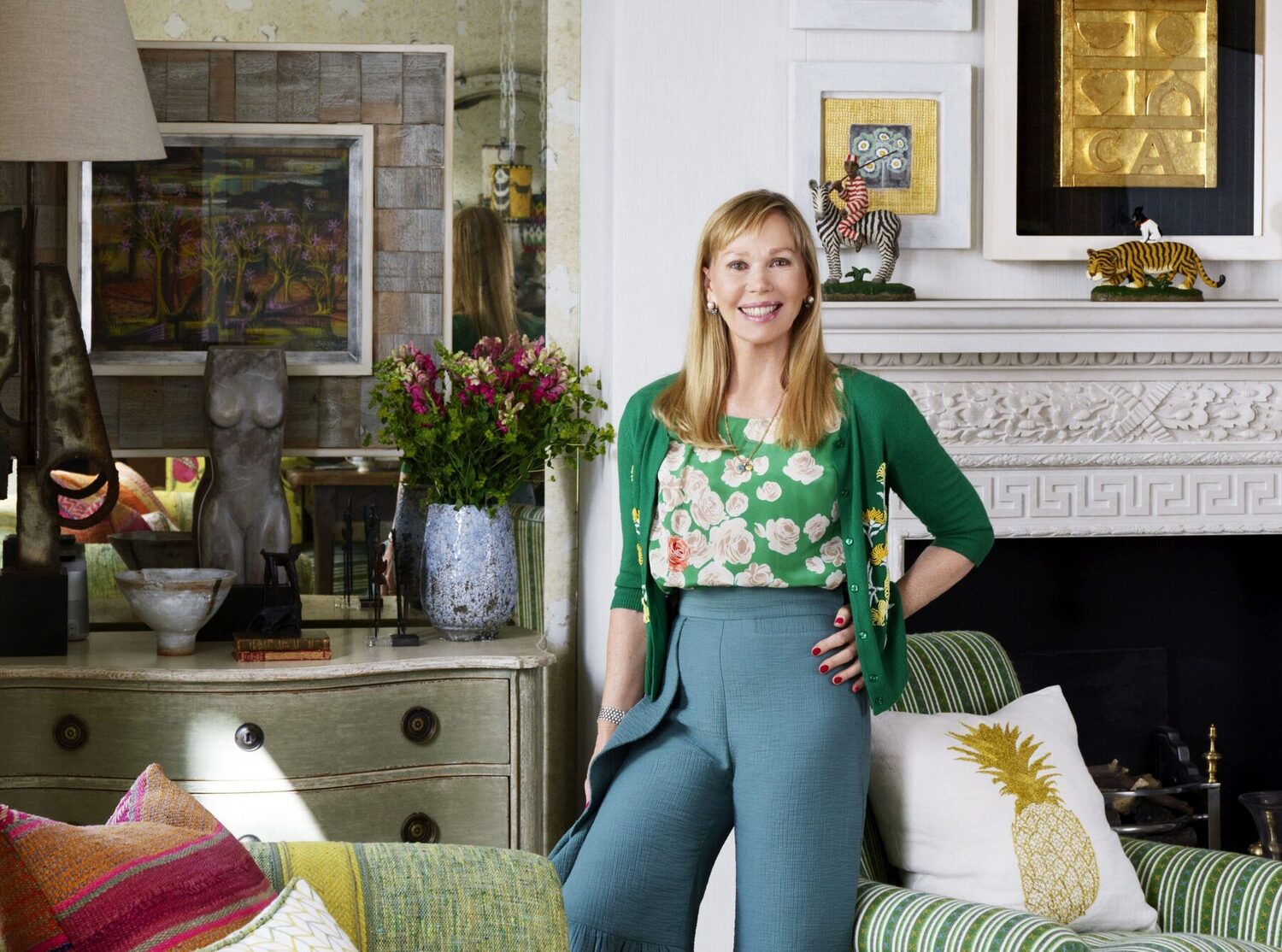
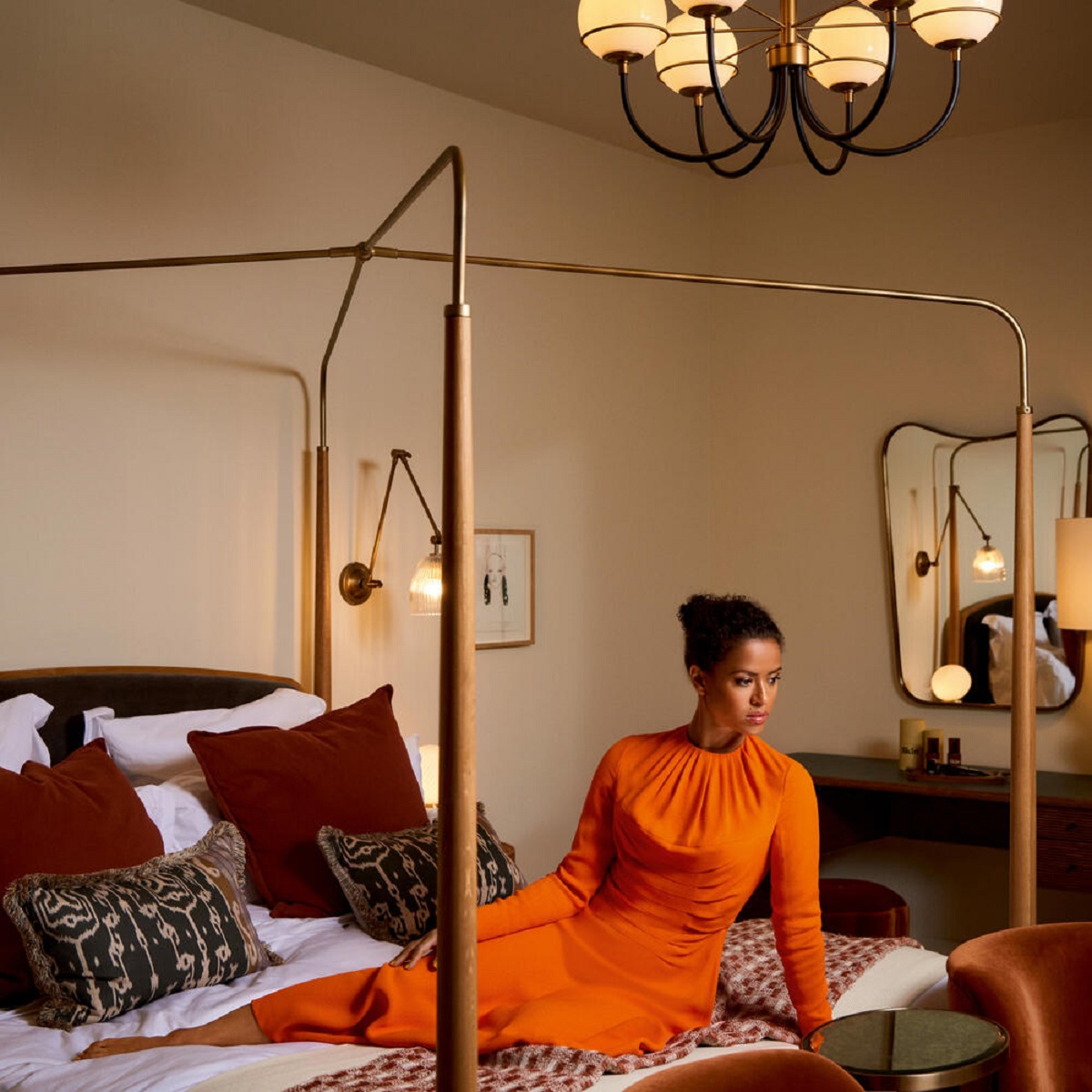
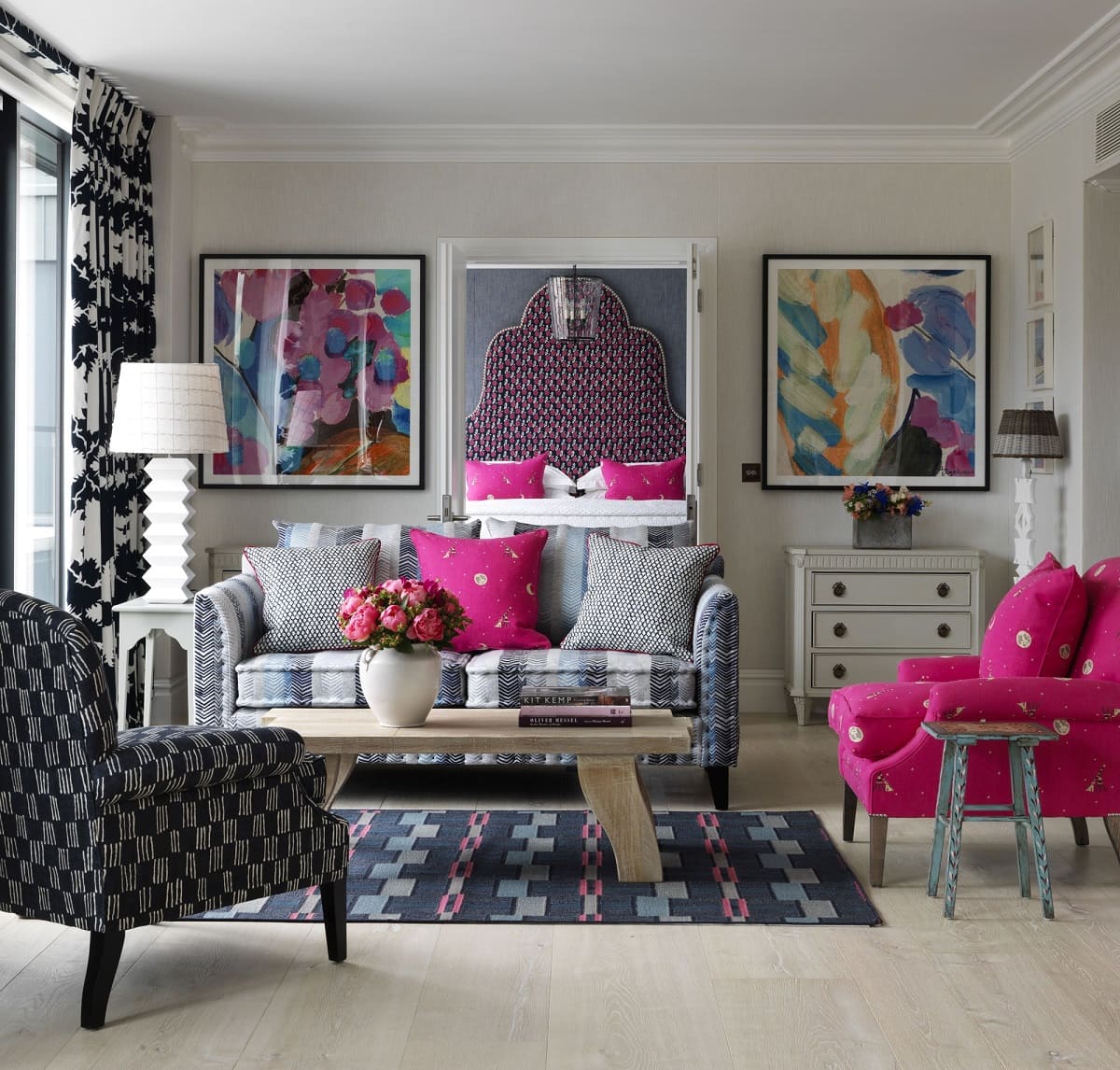
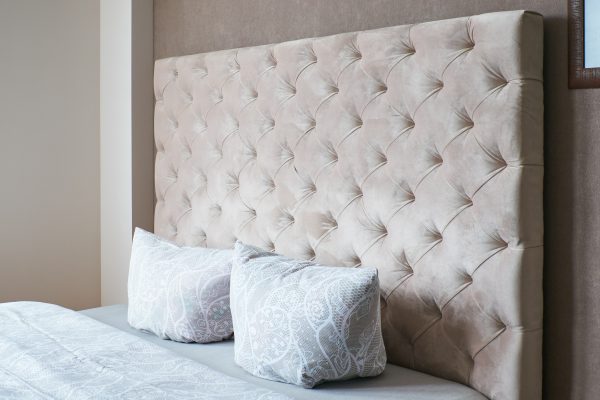
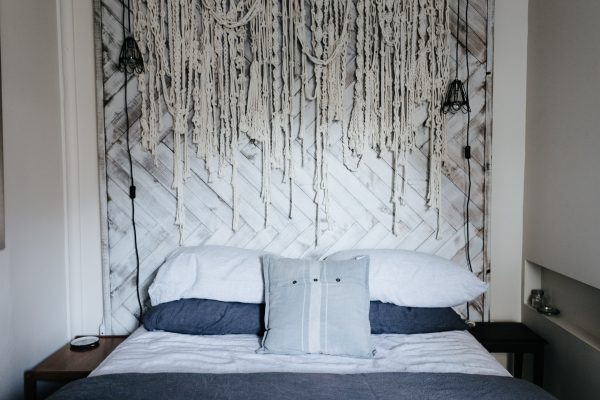

0 thoughts on “Queen Of Headboards Kit Kemp Shares Her 8 Design Secrets”